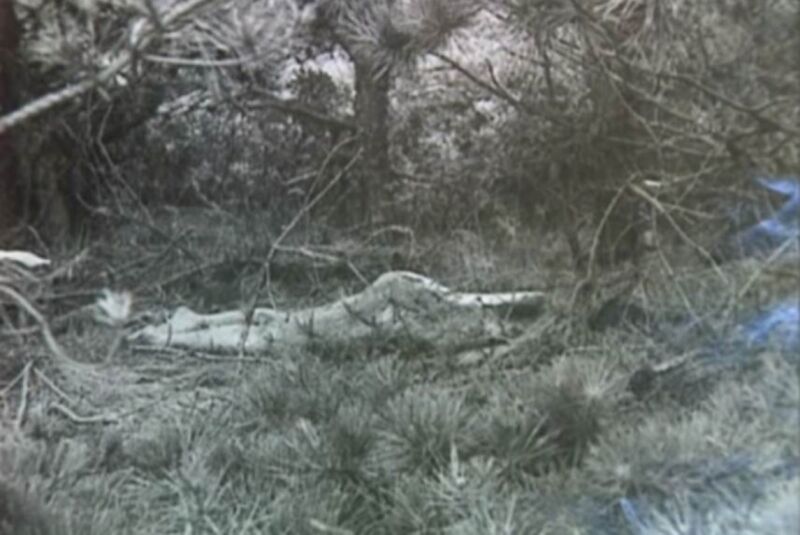-
chevron_right
The Guardian view on the census: a 10-yearly snapshot that is too important to be binned | Editorial
news.movim.eu / TheGuardian · Wednesday, 8 November - 18:28
The census isn’t broke and needs no fixing. So why do officials want it scrapped?
Let us start with a quiz question. A British tradition dating back more than two centuries faces abolition, even though it is both hugely popular and highly valuable to policymakers and researchers. Social scientists and historians are in outcry, while the wider public remains in the dark. What is it?
Try: the census. Ever since 1801, a register of the population has been taken every 10 years – the only interruption being in 1941 – yet we may have conducted our last . The Office for National Statistics last month ended its public consultation on the future of the census in England and Wales. A gauge of its attitude can be taken from the proposal document , which states: “We have reached a point where a serious question can be asked about the role the census plays in our statistical system.” If it goes, the censuses for Scotland and Northern Ireland will almost certainly follow.
Continue reading...


